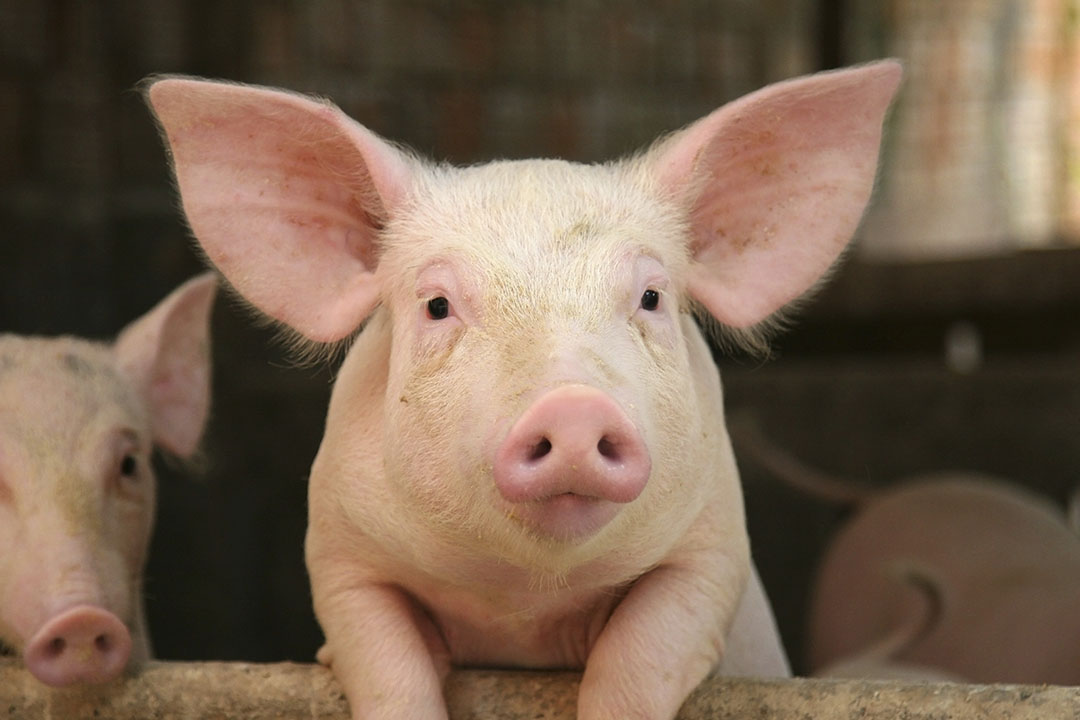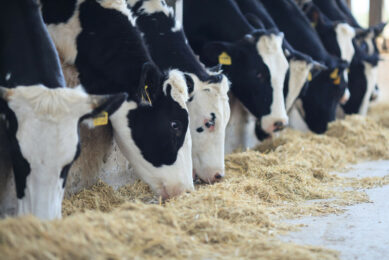A holistic approach to enhanced gut health

New insights reveal the role that lactylates – esters of lactic acid and specifically selected medium-chain fatty acids – have in achieving superior animal performance in the absence of antibiotics.
Over recent years, awareness of the negative impact of antibiotic usage in animals, as well as worldwide public concern about the industry’s dependency on the use of growth-promoting antibiotics (AGPs) and antibiotic resistance has increased exponentially. This has resulted in the introduction of legislative restrictions in the European Union and reassessment of their use in the United States. However, the removal of antibiotics is causing significant challenges for animal farmers too. These include an augmented risk of disease, with a greater number of cases of Clostridia in poultry, decreased animal welfare and even mortality. In other cases, the reduction of antibiotics is having the opposite effect, with some poultry and swine populations requiring additional antibiotics for therapeutic treatment to help overcome disease. As such, controlling animal health has become a daily challenge, with farmers and feed manufacturers now seeking alternative solutions that will promote healthy animals – without compromising on performance and food safety.
Why is optimal gut health important?
Gut health is becoming an increasingly important topic in the animal nutrition industry as it plays a key role in overall animal health, performance and profitability. While there is no clear definition for ‘gut health’, experts agree that is encompasses a number of physiological and functional features that mean it is vital to the optimal performance of production animals. Such features include nutrient digestion and absorption, host metabolism, balanced microbiome, barrier function and immune response. It is therefore key to understand the interactions between these diverse features to regulate animal production effectively. For example, the gut microbiota aid the digestion and absorption of nutrients, contribute to the structure of the gut barrier and also promote the development and function of the host immune system. Normal microbiome balance is therefore vital for optimal animal health. However, this balance is readily changeable by diet, infection by pathogens and other life stressors, as well as ingestion of antibiotics, meaning it must be closely regulated by farmers.
Disease prevention
For some, gut health is defined as the absence or prevention of disease so that the animal is able to perform its physiological functions and withstand external and internal stressors. In the past, antibiotics have been the go-to solution to help prevent disease in animals and promote growth. Yet antibiotics have a significant effect on the host microbiota, causing microbial imbalance and a decreased ability to function normally as a result. For example, Clostridia bacteria are commonly found in the gut microbiome. Overuse of antibiotics can cause an imbalance in Clostridia numbers, leading to infection. Clostridium perfringens (C. perfringens) – an a-toxin producing gram-positive bacterium – for instance, is a disease prevalent in poultry that is caused by overgrowth of the bacteria in the intestine. In cases of infection, poultry can be affected by decreased nutrient digestion and absorption, reduced weight gain, increased feed conversion ratio (FCR) and even mortality in extreme cases. It is known that feed additives may contribute to control intestinal health. Following the global rejection and concerns regarding antibiotics for growth promotion and therapeutic treatments, medium chain fatty acids (MCFAs) have been used as an alternative across the industry, including in poultry and swine nutrition. While research indicates that MCFAs in feed has numerous positive effects on animal health, production and feed digestibility, more recently, scientific evidence suggests that the benefits offered by MCFAs may be enhanced when part of a more holistic solution that also contains lactylates.
Lactylates: An effective solution
New insights reveal the role that lactylates – esters of lactic acid and specifically selected medium-chain fatty acids – have in achieving superior animal performance in the absence of antibiotics. In fact, in vitro trials show that lactylates have greater bacterial activity against C. perfringens, and other gram-positive bacteria, compared to MCFAs alone, thus promoting a healthy gut (Figure 1). Data collected from more than 300 broilers demonstrated additional performance benefits. For instance, there was a significant improvement in body weight and feed conversion rate (FCR) in poultry receiving lactylates. Moreover, combining lactylates with a calcium butyrate coating shows promising nutritional intervention in managing broiler intestinal health. Further studies in swine also exhibit similar results, highlighting a positive relationship between lactylates and improved weight gain, better feed conversion and lower mortality, as well as overall animal health and well-being.
Figure 1 – Lactylates (C12 Lac and C14 Lac) are more effective against C. perfringens compared to MCFA’s.

Innovating in animal nutrition
ALOAPUR® – an effective feed ingredient containing lactylates (C12 and C14 lactylates), hereafter called ‘lactylate product’, promotes gut health and supports overall animal well-being, as well as improving key performance factors, such as FCR and body weight. The patented free-flowing, non-caking powder formulation is suitable for implementation in both premix and compound feed, with benefits observed across a number of species including poultry, swine, rabbits, ruminants and aquaculture. The ingredient works by helping to selectively shift gut flora to create a more beneficial balance in the animal’s microbiome and improve intestinal health. Research in broilers, for example, demonstrates body weight increased by as much as 4.9% and an FCR of up to -4.41% was achieved (Figure 2). Further studies analysing the quantity of lactylates present in different parts of the gut found the lactylate product in multiple regions along the gastrointestinal tract in broilers fed with the ingredient, suggesting it balances gut flora throughout the animal’s microbiome, resulting in improved performance. In addition to the benefits observed in animal health, the feed ingredient also exhibits excellent physical properties, including a neutral odour, thermal stability and palletisable, making it an effective solution that is easy to integrate into novel feed premixes and compounds. Furthermore, feed manufacturers have the opportunity to optimise their products by combining this with other feed ingredients, such as essential oils, enzymes and organic acids.
Figure 2 – Performance results of lactylate product in broilers.
* BWC result for Aloapur 2.0-2.0-1.0 should read 4.90 and not -4.90

Conclusion
Since the feed industry’s move away from antibiotics, farmers and feed manufacturers have used MCFAs to promote animal health and performance. However, new data indicates that lactylates, particularly those containing C12 and C14 fatty acids, may be more effective in supporting animal health; reducing the need for antibiotics and cutting veterinary costs as a result. This provides farmers with an efficient alternative that can boost feed efficiency and profitability, while also meeting consumer demands for safe animal products.











